- Learning time
- 30 minutes
- First play time
- 80 minutes
Glen More
Designed by: Matthias Cramer
In Glen More the players are clansfolk in the 17th century, hoping to lead their people to be the most well established clan over the three rounds of the game.
The board is actually a small path, upon which tiles are laid during play. On your turn you simply move your piece up the path, picking up whatever tile you land on, and adding it to the landscape you’re building in front of you. Roads and rivers on the edge of the tiles must match, but apart from that the key rule about placement is you must add a tile adjacent to a clan member. So they are kind of running the place for you – and when you place a tile, both the tile itself and all its immediate neighbours are activated; giving you a reward of some kind. It might be a resource such as wheat or stone, or it might allow you to trade such resources in for points. Some tiles are castles, which mean growing your clan by adding clan members – which are necessary in order to add more tiles, but can also be removed to score you points. Some tiles allow you to turn wheat into whisky, some simply give you points, and some will reward you for having lots of a certain type of tile come the scoring: these special tiles come with a card explaining what they do.
The catch is that whoever is furthest back on the path is the active player, so leaping ahead to a really rewarding tile – they do get more alluring as the game goes on – can mean you’re essentially handing extra turns to other players who are behind you. And if you don’t have something you need to get a particular tile, you may be able to buy it from the market – but both market resources and cash are limited, so this needs to be shrewdly managed…
The tiles are numbered 1-3, and after each stack of tiles is exhausted there is a scoring round where the player with the most clansmen, whisky, and special tiles will score points. But the crunch is the third and final scoring, where the special tiles will all give points as well, and… the person with the most tiles is penalised, adding a sting in the tail for someone who took a lot of rewarding turns! Most points: wins!
The guru's verdict
-
Take That!
Take That!
It's not exactly combative, but opponents can see what tiles are most valuable to you and choose to take them.
-
Fidget Factor!
Fidget Factor!
Low to moderate - it's a game where you're really trying to combine the tiles as best you can, so going scattergun is unlikely to be a winning strategy.
-
Brain Burn!
Brain Burn!
There's both strategy here, and tactical play, but neither should really give too much pause for thought once you're familiar with the rules.
-
Again Again!
Again Again!
Tiles ensure randomness, but you can also play in different ways as well.


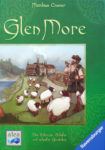
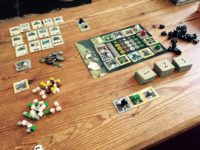
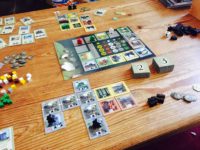
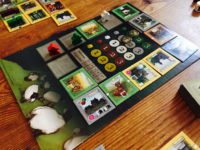
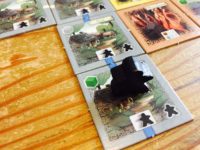
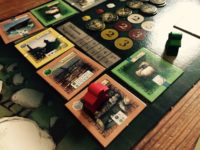


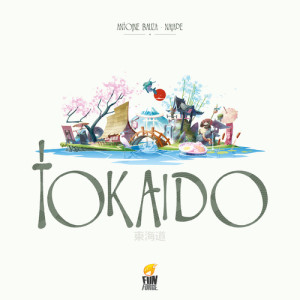
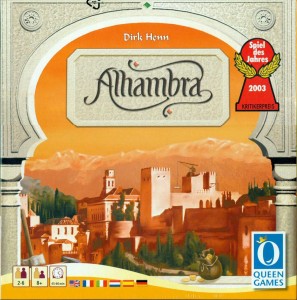
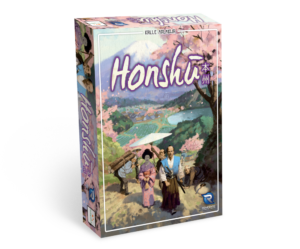
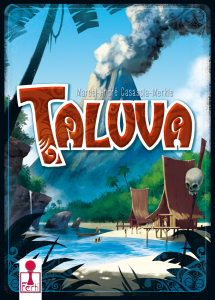
Sam says
It's so nearly a two-star complexity this, because all you're doing - seemingly - is move your guy, take a tile, add it to your other tiles. But! The way the different tiles combine, aligned with the fact that you need to keep a clan member in the right place to activate the tiles you want, aligned with the fact that the furthest back on the path is always the active player, gives the game some real crunch: I really want X tile, but if I jump that far ahead on the path, I'm gifting the other players extra turns... I really like that little dilemma over every single turn, which ramps up as the later tiles get more and more rewarding. It's very unassuming looking, Glen More, but I think it's a little gem.